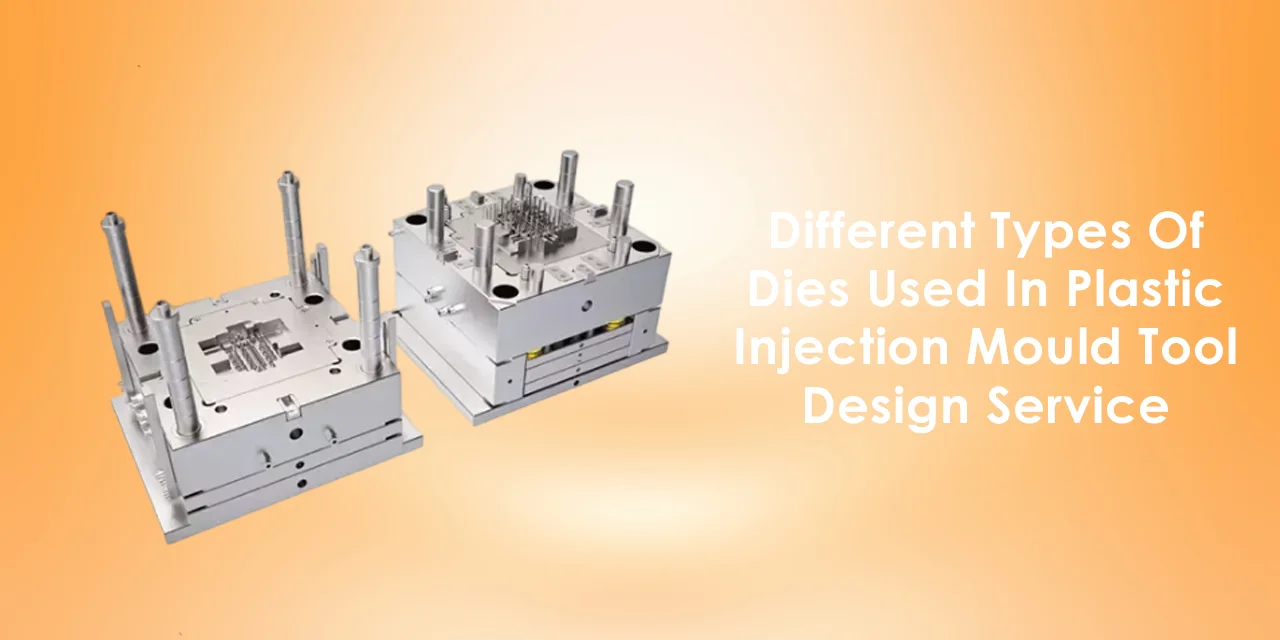Fast Delivery and Low MOQ withMoney Back Guarantee...
Fast Delivery and Low MOQ withMoney Back Guarantee...

For applications across several sectors, die casting is an important process. The die-casting mold is a crucial part of the process of die-casting. The attributes of the finished product are influenced by the form and properties of the mold. Consequently, it is important to comprehend the injection molding die design. This will assist you in creating the ideal mold and selecting it for your die-casting tasks. Additionally, you can be certain that the finished product will adhere to certain production specifications. The contour of the component is significantly influenced by the die-cast mold's design. Additionally, it has an impact on the die-cast component's quality, homogeneity, and arrangement.
Corrosion of materials or tools can be caused by incorrect specifications. However, the speed and effectiveness of the product may be increased with the right mold design. In the end, whether production runs smoothly and the castings are of the highest quality will depend on the injection molding dies structure's quality. Additionally, the design of the die-cast tool effectively accounts for all of the potential production-related variables. As a result, while designing a casting, you must consider its structure. Additionally, it's crucial to integrate vital process parameters, master filing requirements, and take other economic implications into account. Dies will guarantee that crucial production criteria can be met using die-casting tools.
Different Injection Molding Dies for Sale
Injection molding dies for sale come in a variety of forms, each with a unique purpose depending on the situation. They consist of:
Using high-quality plastic molding dies made by plastic injection molding die makers might help your project turn out more affordably. Well, saving a significant amount of money isn't always possible. However, you can be sure that choosing only premium plastic molding dies will help you keep project expenditures to a minimum. If you are of the highest caliber, you will profit from efficient finished products, a reduced need for troubleshooting, and other advantages of a similar kind. Nearly every other store offers injection molding dies for sale. But experience is key when it comes to mastering the art of plastic molding. Experienced designers will be able to give the most effective die design results by comprehending the unique demands of the clients.
A lot of creative and original thinking goes into die design. Make sure to look for the tools used to build the dies if you want to ensure that you get the best. The dies could not be entirely effective when being used if the equipment is outdated. So, to help you create flare, look for instrument rooms that provide the most recent equipment and technologies. The greatest results may be achieved by a plastic die maker that is knowledgeable about plastic injection molding die.
The two most popular techniques are injection molds and die when choosing the best production technique for your project or component. Both production methods have benefits and drawbacks.

